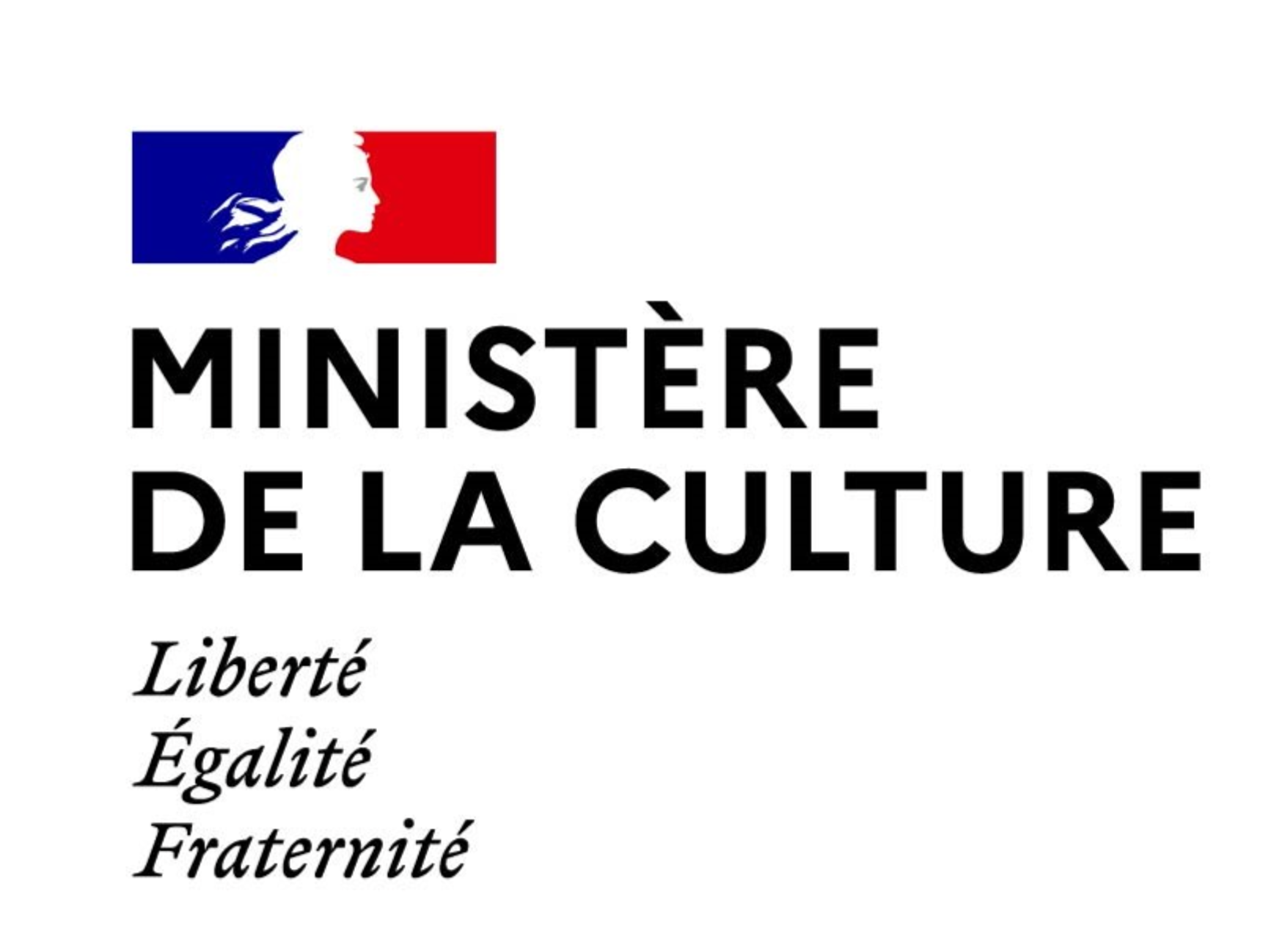
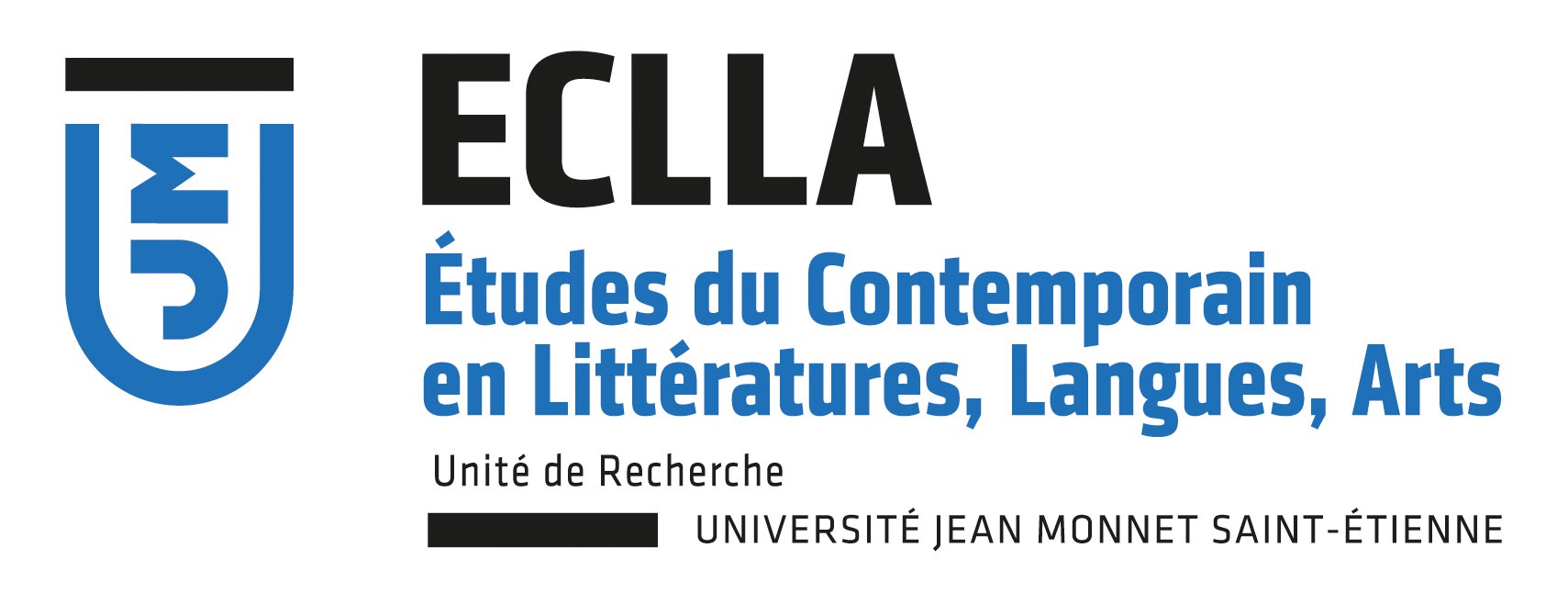
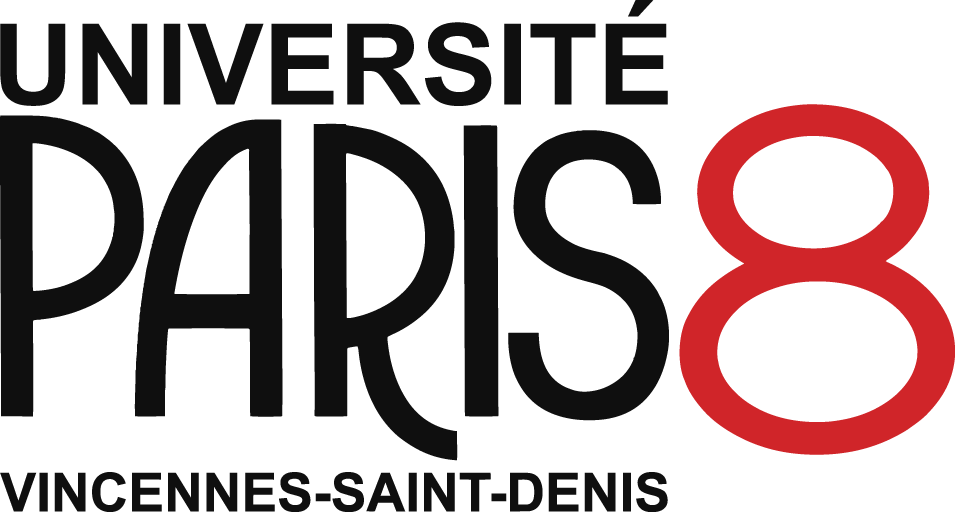
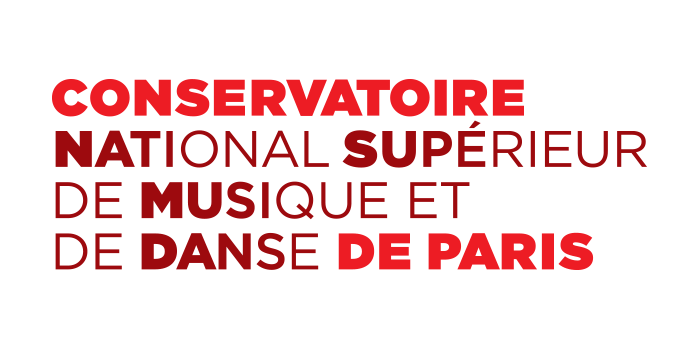



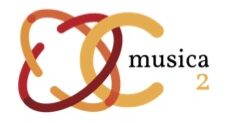










The durability of works using real time devices is undermined by the rapid obsolescence of computer programs. Faced with this problem, a few initiatives exist, such as the Pure Data Repository, which makes emblematic works rewritten with relatively durable IT tools available, because they are located in the Open Source domain. International projects, such as the ANR CASPAR project, have provided the expertise of digital data archivists, seeking to apply the recommendations of the OAIS in the fields of music. They make it possible to perpetuate file formats, document technological devices, develop an organology of electronic instruments, ensure the playability of the electronic musical instrument and preserve audio and video documents of public performances. The Gamelan or ReKall projects have enabled the development of tools to document the genesis of works. The MUSTICA and then Sidney environments developed at IRCAM, for their part, focused on archiving geared towards the possibility of continuing to play works.
The objective of this project is to go further, by benefiting from the knowledge, even the tools developed in these previous projects. It will make available to the public and professionals a collaborative, Open Source database, allowing and guaranteeing the authenticity and sustainability of the musical repertoire using whatever digital technologies they may be.
The objective of the project is the development of an online application allowing the documentation, distribution and preservation of repertoires of musical works using electroacoustic and digital means.
The "Antony" software environment is intended to be a collaborative platform for cultural organizations and creators and will offer on the one hand a metadata editing interface documenting digital musical works according to a dedicated data model and, on the other hand, a repository system for hosting, versioning and sharing the digital content defining these works. The system will thus improve the sustainability, research and dissemination of the music repertoire using digital technologies while simplifying the modes of sharing and traced and versioned reuse of content between users. This project requires the development of a web application to manage this documentation database and the digital repository of computer music programs associated with the works.
In regard to programme no. 224 ‘Support for the policies of the Ministry of Culture’ of the Culture Mission;
In regard to the digital strategy for the cultural policies of the Ministry of Culture;
In regard to the 2023-2025 digital transformation plan of the Ministry of Culture;
In regard to the regulations for the call for projects 2024 ‘Support fund for the digital transformation and cybersecurity of the establishments of the Ministry of Culture’;
In regard to the grant application from the CONSERVATOIRE NATIONAL SUPERIEUR DE MUSIQUE ET DE DANSE DE PARIS submitted on 5 September 2024 as part of the 2024 edition of the call for projects ‘Fonds d'accompagnement à la transformation numérique et à la cybersécurité des établissements du ministère de la Culture’, published by the Ministry of Culture;
The Conservatoire National Supérieur de Musique et de Danse de Paris (CNSMD) has been awarded the FTNC project by the Ministry of Culture's digital department for the development of Antony.
Since the second half of the twentieth century, musical experimentation and creation have relied heavily on the development of digital technologies. A corpus of thousands of mixed works, using extremely diverse techniques and technologies, has since been built up. However, unlike the fruits of Gutenberg's invention, the achievements of this revolution in the media of musical creation - certainly the most significant since the invention of printing - are not guaranteed to last.
Intrinsically linked to the lifespan of constantly evolving software and non-interoperable programming languages, the safeguarding of a mixed work depends solely on the ability of a few people, computer music producers or composers, to update patches as and when a work is revived - making the durability of a work dependent on its interpretation. In addition to these difficulties inherent in the formats of works using digital technologies, there is the problem of conservation and dissemination: with the exception of the Sidney database, a digital archive of mixed works created at IRCAM, no long-term institutional initiative has systematically organised the conservation of patches, either to safeguard them or to make them available to artists and researchers.
The Antony project was born in response to the major risk hanging over a whole section of the musical heritage of recent decades. It is a web application that will enable the electronic components of musical works to be saved, documented, versioned and made available using digital technologies.
A prototype was produced in 2021. An instance is currently running on an OVH virtual private server. The code is available on gitlab https://gitlab.com/antony49/antony. It will serve as the starting point for the project described here.
It consists of :
all containerised (via Docker, orchestrated by Docker Compose for the moment).
This project is part of a cultural and professional environment thanks to the support of cultural institutions such as the DGCA (Direction générale de la création artistique) of the French Ministry of Culture, the Sacem, the MMC (Maison de la musique contemporaine) and the BNF, as well as partnerships with Ircam and all the CNCMs (Centres nationaux de création musicale) and the academic world with the Université Paris 8 and the Université Jean Monnet de Saint-Etienne. The project is part of the Humanum Consortium for digital humanities, Musica2.